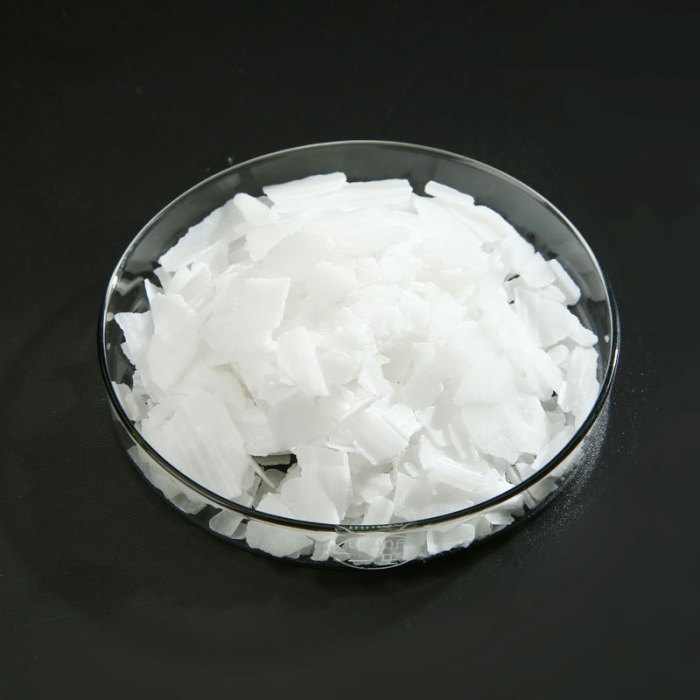What reagent is required to accomplish the following transformation – Understanding the reagent required to accomplish a specific transformation is a crucial aspect of organic chemistry. This comprehensive guide will delve into the factors that influence reagent selection, providing a structured approach to identifying the appropriate reagent for a given transformation.
By examining the starting material, desired product, reaction mechanism, and reagent properties, we can develop a systematic strategy for reagent selection. This knowledge empowers chemists to design efficient and effective reaction schemes, optimize reaction conditions, and achieve desired outcomes.
What Reagent is Required to Accomplish the Following Transformation?

In organic chemistry, the choice of reagent is crucial for successful transformations. To determine the appropriate reagent, several factors must be considered, including the starting material, desired product, reaction mechanism, reagent properties, and reaction conditions.
1. Identify the Starting Material
The starting material is the initial compound undergoing transformation. Understanding its structure and functional groups is essential for selecting the correct reagent. Different starting materials require different reagents to achieve the desired outcome.
2. Determine the Desired Product
The desired product is the target molecule that the reaction aims to produce. Clearly defining the desired product guides the choice of reagent. The reagent should be capable of converting the starting material into the desired product.
3. Consider the Reaction Mechanism, What reagent is required to accomplish the following transformation
The reaction mechanism describes the step-by-step process by which the starting material is transformed into the desired product. Understanding the mechanism helps identify the type of reagent required. Common reaction mechanisms include nucleophilic substitution, electrophilic addition, and radical reactions.
| Reaction Mechanism | Associated Reagents |
|---|---|
| Nucleophilic Substitution | Nucleophiles (e.g., hydroxide, alkoxide, halide) |
| Electrophilic Addition | Electrophiles (e.g., hydrogen halides, alkenes, ketones) |
| Radical Reactions | Free radicals (e.g., peroxide, azobis(isobutyronitrile)) |
4. Evaluate Reagent Properties
Reagent properties, such as selectivity, reactivity, and cost, should be considered when selecting the appropriate reagent. Selectivity refers to the reagent’s ability to react specifically with the desired functional group. Reactivity determines the rate of the reaction. Cost is a practical factor that can influence the choice of reagent.
| Reagent Property | Comparison |
|---|---|
| Selectivity | High vs. low |
| Reactivity | Fast vs. slow |
| Cost | Expensive vs. inexpensive |
5. Design a Reaction Scheme
A reaction scheme Artikels the steps involved in the transformation, including the starting material, reagent, and reaction conditions. It helps visualize the overall process and identify any potential side reactions.
- Identify the starting material and desired product.
- Select the appropriate reagent based on the factors discussed above.
- Determine the reaction conditions (e.g., temperature, solvent).
- Write out the reaction scheme, including all steps and intermediates.
6. Optimize Reaction Conditions
Optimizing reaction conditions is crucial for achieving the desired outcome. Factors to consider include temperature, solvent, and reaction time. Adjusting these conditions can improve the yield, selectivity, and efficiency of the reaction.
- Temperature: Higher temperatures can increase reaction rates but may also lead to side reactions.
- Solvent: The solvent can affect the solubility of the reactants and products, as well as the reaction rate.
- Reaction time: Longer reaction times may increase yield but can also lead to decomposition or side reactions.
Frequently Asked Questions: What Reagent Is Required To Accomplish The Following Transformation
What is the most important factor to consider when selecting a reagent?
The most important factor to consider when selecting a reagent is its ability to promote the desired reaction while minimizing side reactions.
How can I determine the appropriate reaction mechanism for a given transformation?
The appropriate reaction mechanism can be determined by analyzing the starting material, desired product, and reaction conditions.
What are the key properties of a good reagent?
The key properties of a good reagent include selectivity, reactivity, and cost.

